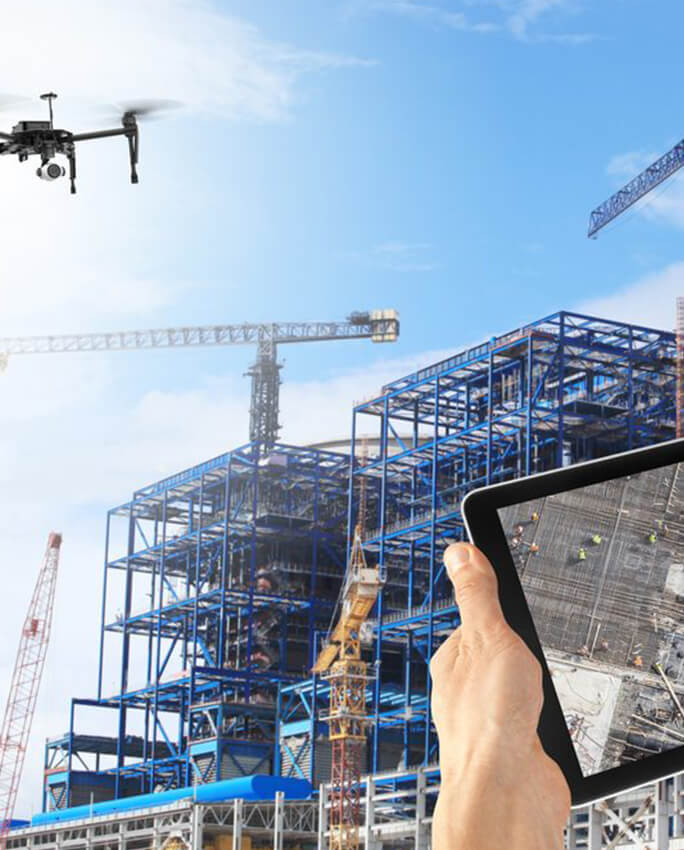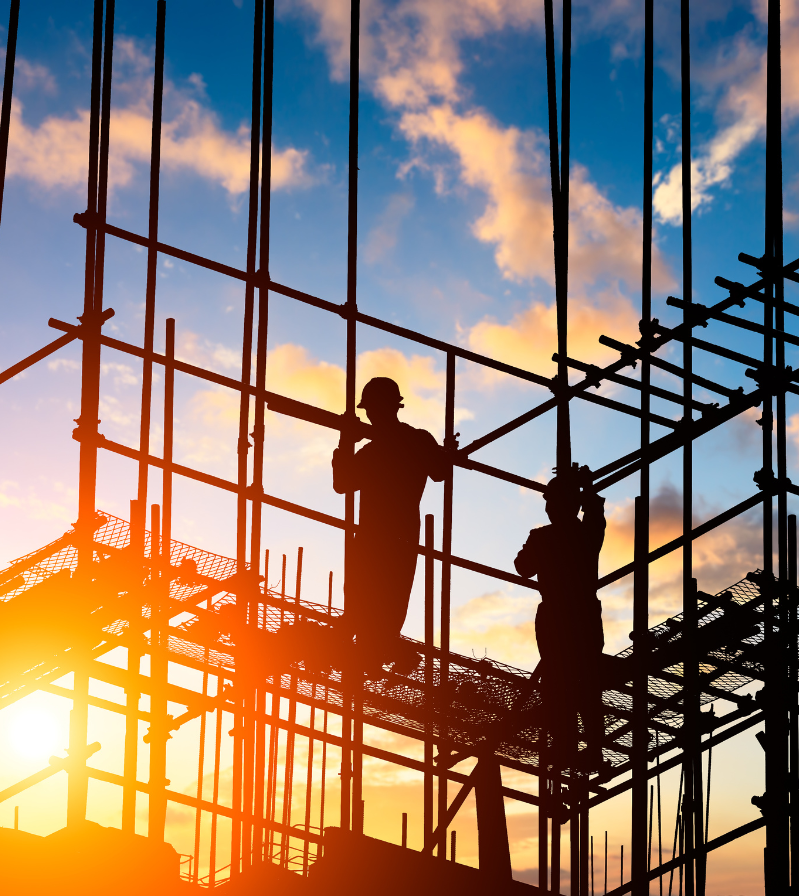
For business that intend to be successful in the construction industry today, it is important to stay on top of innovations and new technologies. Some trends are easily identified and anticipated, but are not the only components of building and construction changes. New software, changes in labor and new materials affect the industry and need to be accepted in order to grow and expand our operations.
Construction Software
Building Information Management (BIM) is a building and construction technology used to assist in the production of designs and models of structures. These computer models are becoming increasingly easy to use and can be shared online to improve project collaboration. BIM isn’t the only software application enhancing construction projects, there are also construction management applications. These software programs can provide numerous efficiencies including, budgeting, invoicing, scheduling, payroll, supply management, document storage as well as project management. Advances in GPS, design software, GIS and other innovations may change the field in ways we cannot perceive.
Drones
Drones are expanding in throughout many businesses, and building and construction is no exemption. They can provide real-time information to minimize decision time and remote oversight. With the use of drones, employees are able to substitute themselves in performing jobs that put them at risk, such as height related tasks. They are also used for checking aerial photography and surveying to measure property boundaries, zoning, and repair assessments. Drones have the ability to supply thermal maps over long distances.
Mobile Apps
While mobile apps are not a new innovation, they are increasingly used to streamline construction operations. They can be used from scouting location dimensions through a mobile video camera, to real-time construction site evaluations.
Virtual and Augmented Reality
Augmented-reality (AR) is an important addition to modern technologies in construction projects. AR can be utilized for 360-degree videos and even 3D visualization of atmospheres with future structures. Virtual reality is one such area in which engineers can deploy overlays to better ascertain how architectural plans can fit into a proposed excavation or potential scenario. This technology enables far better measuring of frameworks and allows faster simulations of building modifications.
Safety
Safety and security are essential for any job site and there is always advancement in the security of tools in the building sector. For instance wearable innovations, such as wi-fi-enabled boots, can send out notifications if a worker has fallen down on a job. 3D printing can be utilized to assist ease the moving of unsafe objects.
Prefab Construction
Prefabrication and modular construction is another rising trend. The increasing prices of construction can be mitigated by using prefab and modular construction. These standardized units are made offsite and then brought onsite and easily installed into the structure. This method is was made popular in hotel development and is expanding into other types of buildings.
Robots
There is a continuous labor scarcity in the building market and the price of labor continues to increase. Although robotics have limited use on the job site (for now), their capabilities are growing. They will soon be integrated into more mundane and repetitive tasks. Another potential facet is using artificial intelligence to help improve efficiencies in scheduling, project management and other parts of the building process.
Material Innovations
New materials will expand as a building industry trend. Some of the innovations such as 3D printing, may be used to minimize the increasing prices of construction materials. There are other advancements in materials technologies such as hidden solar batteries, transparent metals, self-healing and light producing concrete.
Wherever the future takes us, there is no doubt of the importance of identifying and incorporating the latest technologies in construction.






